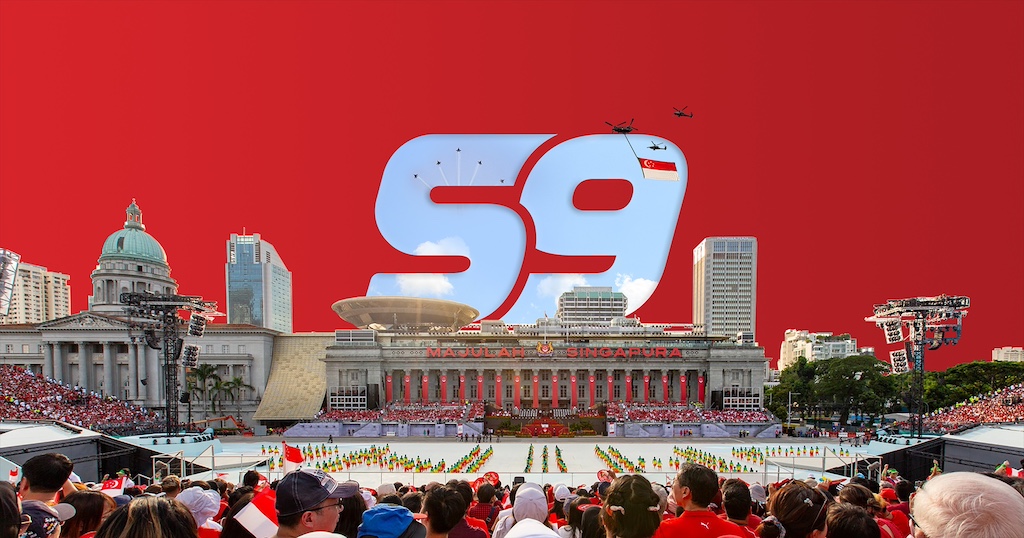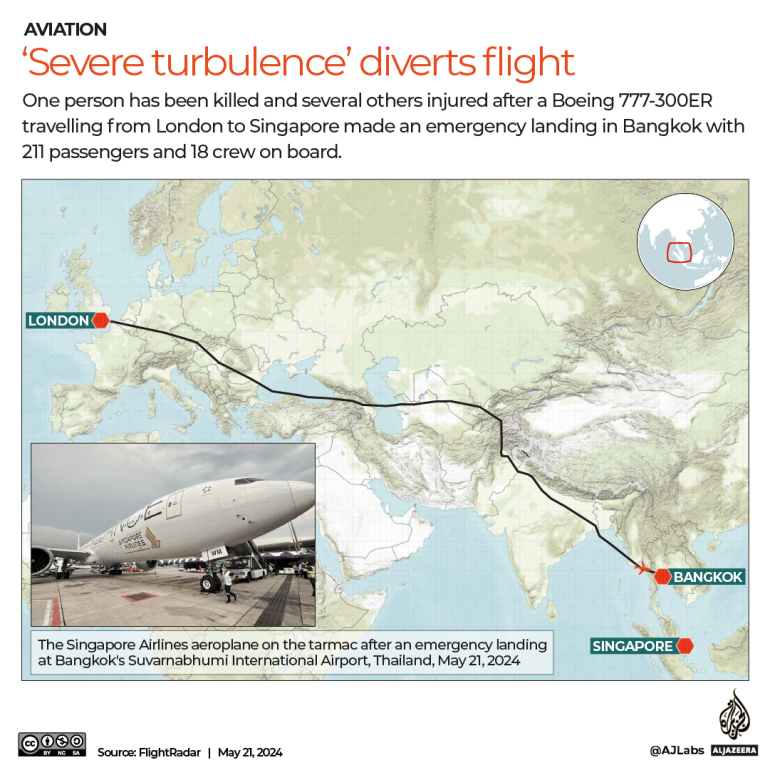Singapore ranked second place across all areas in the 2018 edition of the Programme for International Student Assessment (PISA).
Methodology
The PISA study measured three areas: Reading, Mathematics, and Science.
According to PISA, apart from determining what the students know, they also want to see what the students can do with what they know. For this purpose, PISA employs examinations and surveys that are accomplished by the participants.
To retain the comparability of the exam scores across editions, the tests are designed based on item response theory.
Meanwhile, the capabilities of students are rated based on their proficiency level. In the PISA context, the proficiency level is a scale from 1 to 6, with 1 being the lowest in performance and 6 being the highest.
Steady performer
A total of 6,676 Singaporean students aged 15 from 53 public secondary schools and 13 randomly selected private schools participated in this year’s study. Globally, around 600,00 students participated in this year’s study.
In all areas tested by PISA, Singapore gained second place. Singapore scored an average of 546 in Reading, 569 in Mathematics, and 551 in Science.
The country is just behind China which snagged first place in all areas — a distinction held by Singapore back in 2015 , the last time the triennial study was conducted.
Singapore is followed by Macau, obtaining third place across all areas. Hong Kong ranked fourth in Reading and Mathematics though it was Estonia who gained the fourth rank in reading.
The fifth place is a split between Est onia in Reading, Taiwan in Mathematics, and Japan in Science.
onia in Reading, Taiwan in Mathematics, and Japan in Science.
79 education systems participated in PISA 2018. Singapore has been a participant since the year 2009. Since then, it has been one of the consistent best performers in the study.










